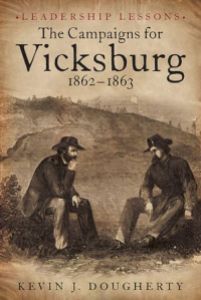Here are ten thoughts I use to encourage others:
1. Show real interest in the person.
Listen to what they are saying. Be interested in what is happening in their life. Let them know you care.
2. Concede what’s important to them.
When you acknowledge what’s important to others, you offer a form of verification and support about who they are and what they’re doing.
3. Say “congratulations.”
These magical Words of Encouragement at the right time can make all the difference between “keep going” and “give up”. Congratulate them on a job or task well done.
4. Be there for them.
Sometimes the “ministry of your presence” is all they need. Just being there for them is encouraging.
5. Say “Thank You.”
Saying than you is common courtesy. It is good manners. People like a little reward for hard work. I have done it for years. A simple thank you will make others aware that you know what they have done worthwhile and find it meaningful to you.
6. Return the favor.
If someone does something nice for you, an excellent way to show your appreciation is simply to return the favor. It will both shock and encourage them. Note: don’t ever do something expecting someone to return the favor for you.
7. Answer with something unexpected.
I have a phrase I have used for years … love them from where they are to where they need to be! Even when others let me down or they know I know they “dropped the ball” I don’t tell them so, I usually pick the ball up for them. It is amazing the long-term results this can have in encouraging someone.
8. Be a “good finder.”
A good finder is a person who looks for the good, not the bad in a person or a situation. An example would be if a person is always late to meetings, but makes in on time to your meeting instead of saying “About time you attended a meeting on time” say “I really appreciate the extra effort you made to get here on time” without any reference to their normal tardiness.
9. Smile.
Have you ever experienced the magic of a simple smile? Have you ever noticed how when you smile at someone they smile back? Share an encouraging smile.
10. Offer to lend a hand.
You can offer to lend a hand. Sometimes a person feels like the weight of the world is on their shoulders and no one cares. Show them you really care. You can be there for them.
What are some ways you encourage others? Please share your suggestions in the comments.













